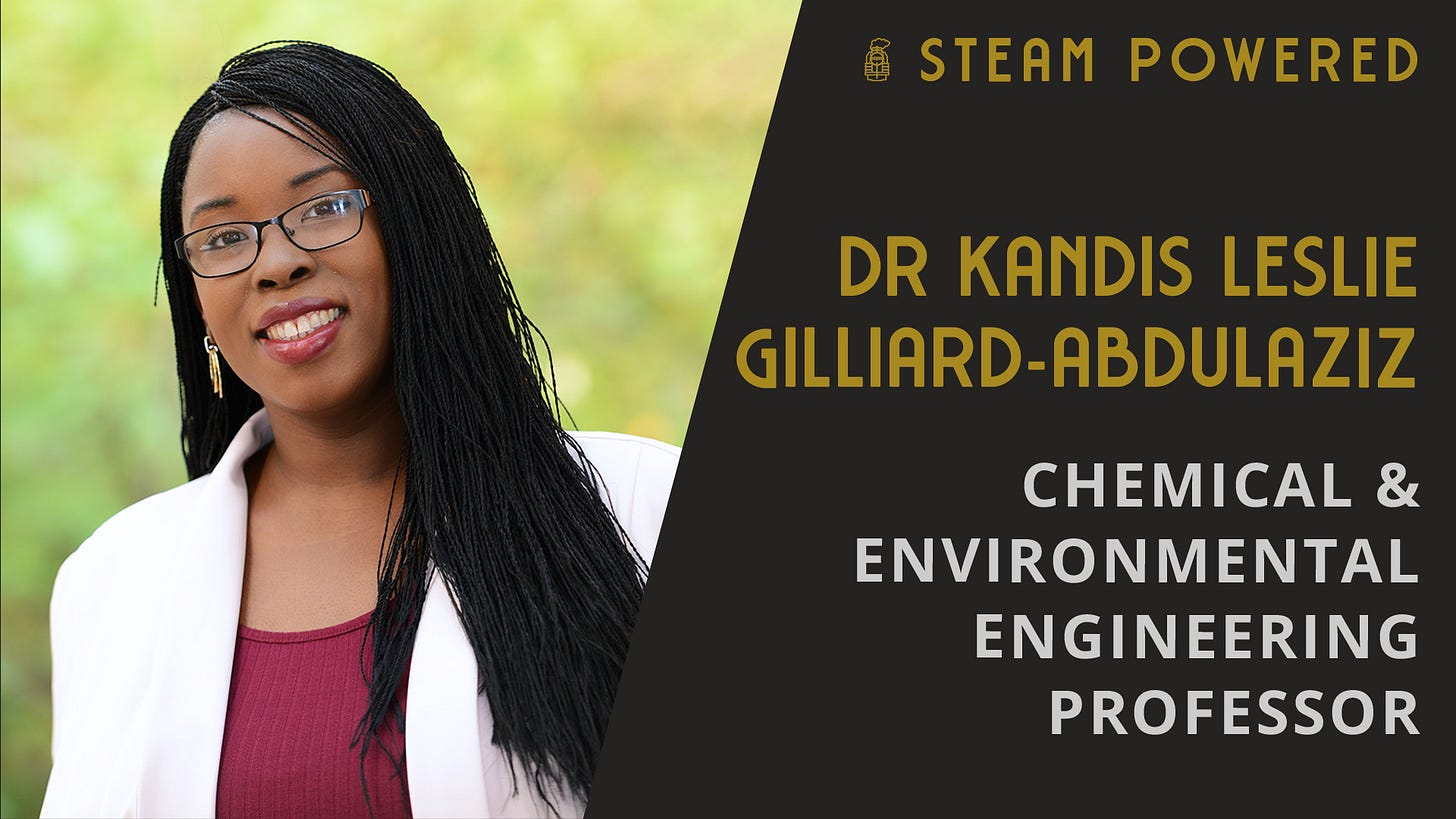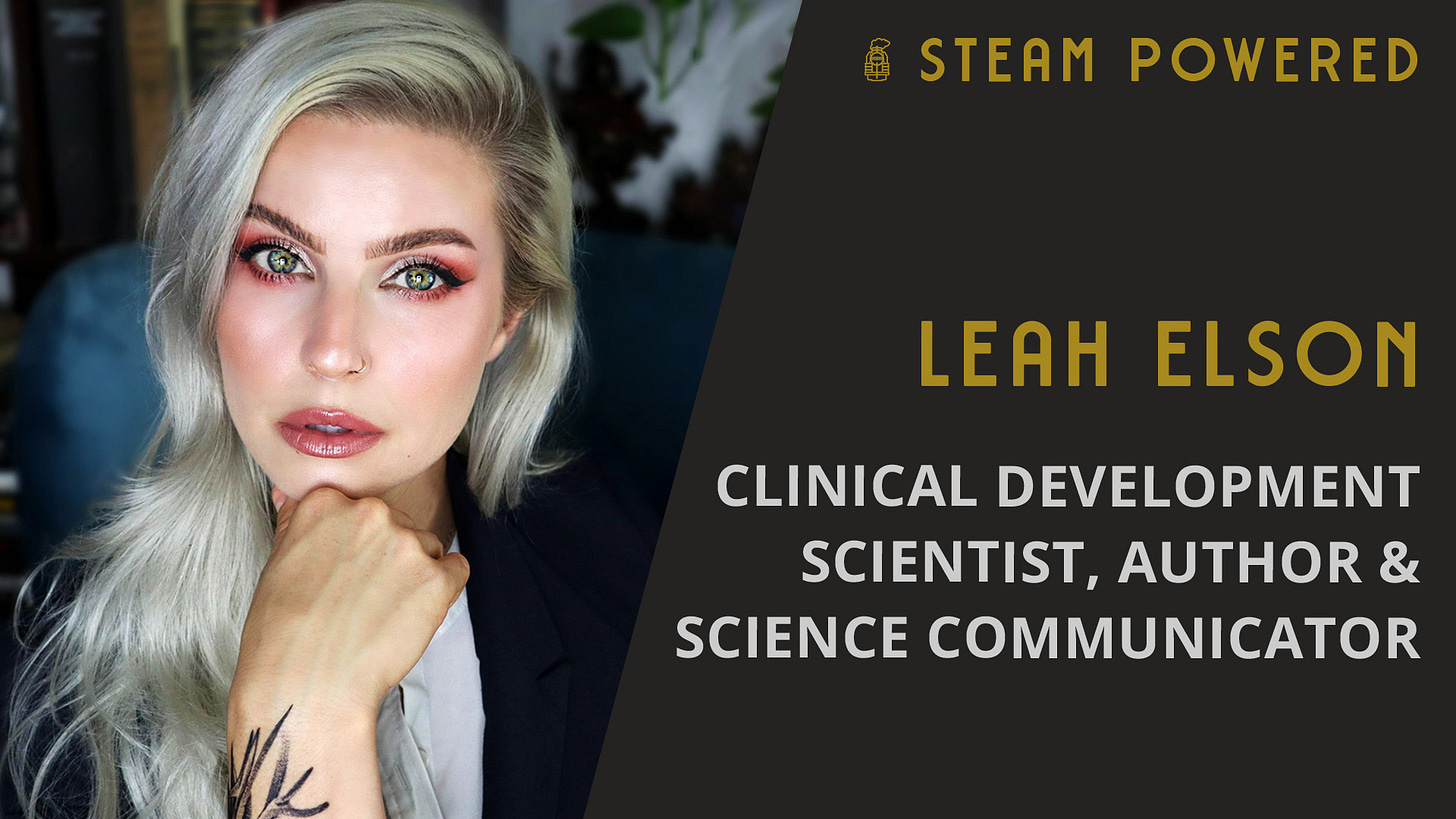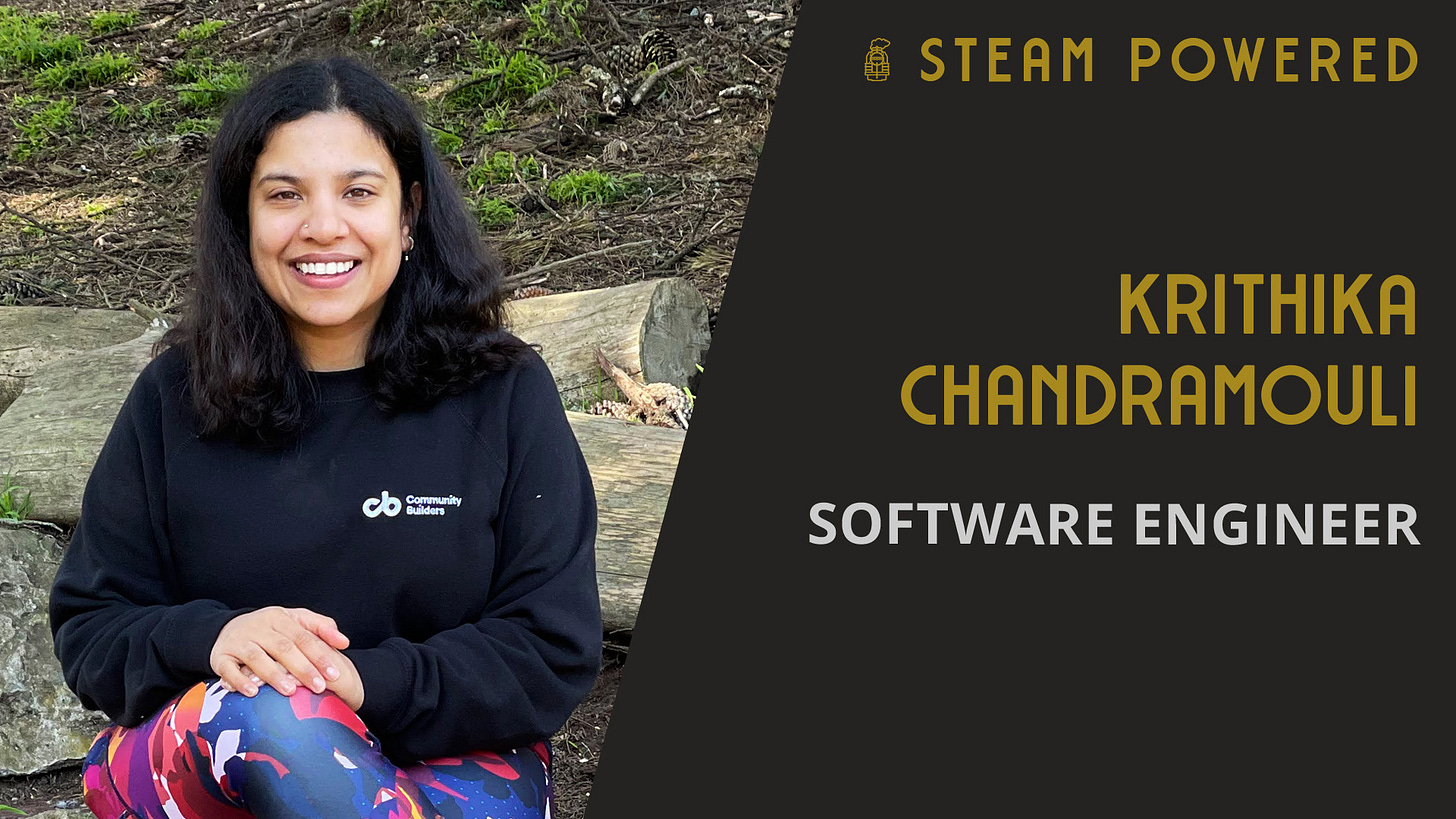Getting existential up in here.
2023 is the year many people I’ve encountered have decided is going to be about personal and professional development, and I’m no exception.
For the first time in an extremely long time, I’ve decided to invest in my own professional development. I’ve signed up for new and refresher courses and events for fun and networking in a number of my areas of interest. It’s a long time coming, to be quite honest. In spite of, or even because I am a freelancer and business owner, I’ve focussed my attention on what one would describe as revenue-generation activities.
When you’re employed by someone else, especially large corporates, you may get access to things like subsidised training and conference costs, even nice little budgets for buying books and courses. But if you’re self-employed or a small business owner, these sorts of expenses can get overlooked because some many of them can be prohibitively expensive.
The ecosystem also isn’t always designed to support independent operators either, which is something I noticed when I signed up for events and conferences and found the registration forms would ask for things like the company I represent, my title, and the role I fulfil within the organisation1.
Unfortunately, ‘all of the above’ isn’t a viable option.
I technically don’t have a company, so as it’s my most visible activity, I briefly used STEAM Powered. Even then, that’s not quite right because it’s only one of the several things that I have going on, and it makes people assume I’m the press, which isn’t quite what I’m going for.
What is a multi-hyphenate to do?
I’ve been informed I am this thing now. Fascinating.
It’s all well and good to be able to have another label, but that isn’t really useful because people still like to put other people into boxes. Certainly, boxes can be restrictive, but when it comes to networking, boxes are also valuable if you need to introduce yourself and provide a useful bit of context for who you are. Moreso if someone is mentioning you to a third party and needs to describe you in a way that will be remembered afterward.
This is, after all, part of why we’re incorporating this networking thing into the business of being in business.
Boxes are good because human memories are not.
So, who am I?
What a question. And well, it’s a work in progress.
At this time, professionally, and in no particular order, I am a freelancer, business owner, technology and business consultant, full-stack web and application developer, founder, creator, podcast and YouTube host and producer, voice artist, science communicator, and STEAM and women in STEAM advocate, where STEAM is Science, Technology, Engineering, the Arts, and Mathematics/Medicine.
All of these things also involve being and doing several other things as a necessary by-product2, and if you are any of these things yourself, you’ll empathise with what I mean.
However, I can’t go to anyone with that and expect them not to have checked out after the first line. Even my eyes were glazing over.
Let’s step back a little.
Who are you for?
If you’re a founder, the question they tell you to ask is, who is your customer? As a content creator, who is your listener, viewer, or reader? From a different angle, as a performer, who is your character? Because, as is commonly said in marketing, “if your product is for everyone, it’s actually for no one”.
We’re encouraged to flesh out who these personas are, what their backstory is, their personality traits, ideologies, and what alignment they have. Anything and everything down to what’s in their pocket or handbag that will inform your business decisions, how you convey your material, or characterise your portrayal.
By answering this question you can best tailor your product, whatever form that takes, to meet the persona’s needs.
The transferability of this line of enquiry across so many areas is deeply interesting in its own right, but the thing is, your journey in any of these spaces is as much about you as what you’re creating.
Who are you?
Let’s take this from another angle. All the things you’re doing? Ultimately, they’re for you. You’re the customer. So what’s your persona?
What is your backstory? What are your personality traits, ideologies, and alignment? What kind of founder, content creator, or performer are you? What’s in your pocket or handbag, literally and metaphorically? What is your ethos?
I’m afraid you’re going to have to start thinking about your personal brand.
That term makes me wrinkle my nose, but I get it. The way you take care of your business is also going to be about who you are personally as well as professionally.
Whether or not you use this information in a public way, your personal brand will guide the way you operate, the direction you choose to take for your product, the types of connections you cultivate, and the decisions or compromises you are prepared to make.
Truth be told, any of those public-facing decisions will implicitly convey your personal brand anyway, more so if you’ll be personally promoting your activities. You are going to be affiliated with your professional brand, which is becoming more relevant now as consumers are increasingly looking at the people behind the brands they patronise.
Incidentally, I hear even academics and researchers are being encouraged to have portfolio sites and engage in other public activities to support their work and attract funding. No longer can we mushroom3 away and just quietly get the job done, and as a Xennial, this knowledge is understandable but bothersome.
Well?
As I said, it’s a work in progress, and with my various activities, I now have the task of coalescing all of that into something concise and coherent. At best, an elevator pitch, at worst, a logline.
But I learned of a title last year-ish called a Creative Technologist, which is reasonably well defined in the tech space as someone who sits at the intersection of tech, design, and code, and conveniently, that’s me. It’s a descriptor I’ve been using for a while now, and as also both the noun and adjective Creative on top of being a Technologist, it seems like as good a starting point as any before I get into things like what my pillars are4.
So that’s me, who are you?
STEAM Powered
Well, three whole episodes since my last musing.
First up this year is Dr Kandis Leslie Gilliard-AbdulAziz, who runs The Sustainable Lab turning waste by-products like CO2 and methane, and agricultural and plastic wastes into building block materials and new resources and making them even better than their fossil-fuel-based equivalents. Innovations that can close the loop on industrial processes are a great way forward.
Leah Elson considered medicine, but realised that she could help more people by working upstream in clinical research and development. She is presently working in the area of peripheral nerve repair which has applications in improving patient outcomes post-mastectomy and gender-affirmation surgery because healing is not just physiological, it’s psychological as well. Leah has a book coming out mid-2023 called There Are (No) Stupid Questions … in Science where she answers some of the internet’s favourite questions with humour and crayon.
Our latest conversation with Krithika Chandramouli follows her journey from biomedical to software engineering and her drive to contribute back to the community through her work and paying forward her own enriching mentoring experience by mentoring others. We also wax a little lyrical about how Krithika’s experiences with running are a metaphor for how we approach life’s challenges.
Quite Interesting
Holotypic Occlupanid Research Group is a group that classifies data about occlupanids, those little plastic tags that you most likely will have seen on bagged pastries. Why? Because we can, and also this information is apparently helpful for when someone ends up in the ER after accidentally swallowing one (anecdotal, I have no citation for this).
About Liminal Spaces and Technology by Marina Hernandez. I’m a big fan of liminal spaces in all contexts, and how magic can happen in the in-between. Marina gives a tidy overview of the role of liminality in a variety of areas.
Apple Rankings ranks apples. It’s written by comedian Brian Frange, and the reviews are detailed, colourful, and oddly accurate.
Smart Materials of the Future with Anna Ploszajski from The Royal Institution speaking about materials science and also about her favourite smart material, the pinecone.
Read Leah Elson’s book There Are (No) Stupid Questions ... in Science (BookDepository affiliate) (GoodReads) where she answers some of the internet’s favourite questions about science with humour, and hand illustrated in crayon.
Thanks for reading, and see you next time!
Stay curious.
— Michele
Yet another musing for another day.
Last year I wrote What do you do, exactly? specifically about my freelancer and business owner activities.
As a dev, by ‘mushroom’ I mean working in a nice dark place thriving by the minimal light emitted by a monitor. I jest though, don’t do this. Find a way to thrive in a well-lit environment that won’t give you eye-strain. Also, I am annoyed that substack doesn’t support nested footnotes.
One of them is rephrasing ‘strategically curated shit-posting’ into something more socially acceptable.




